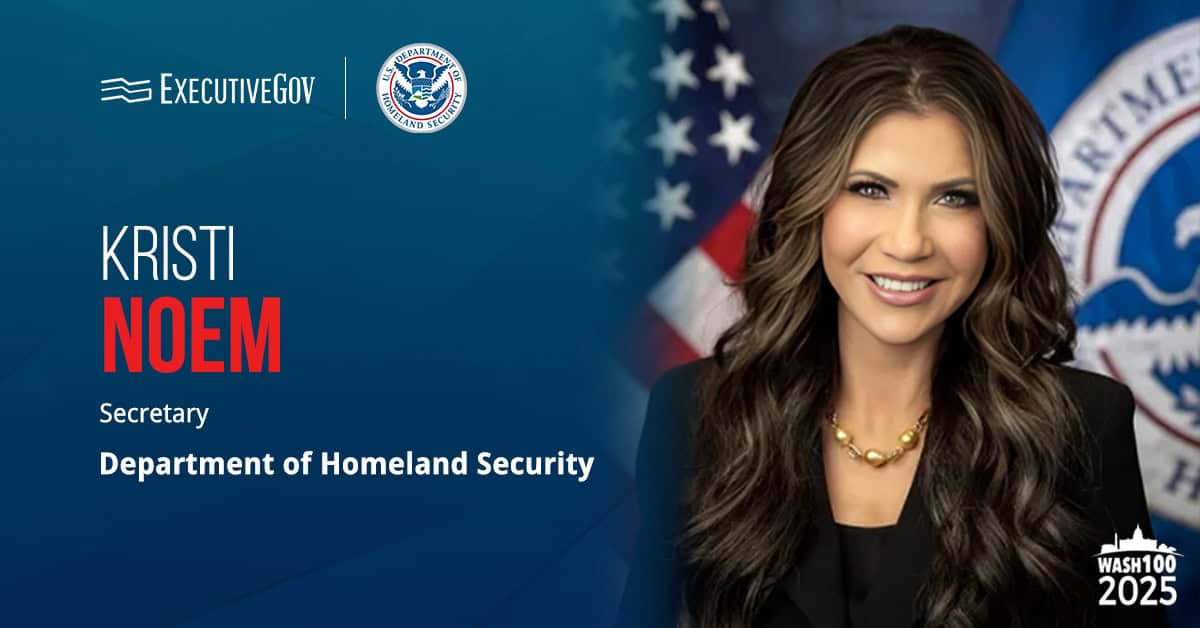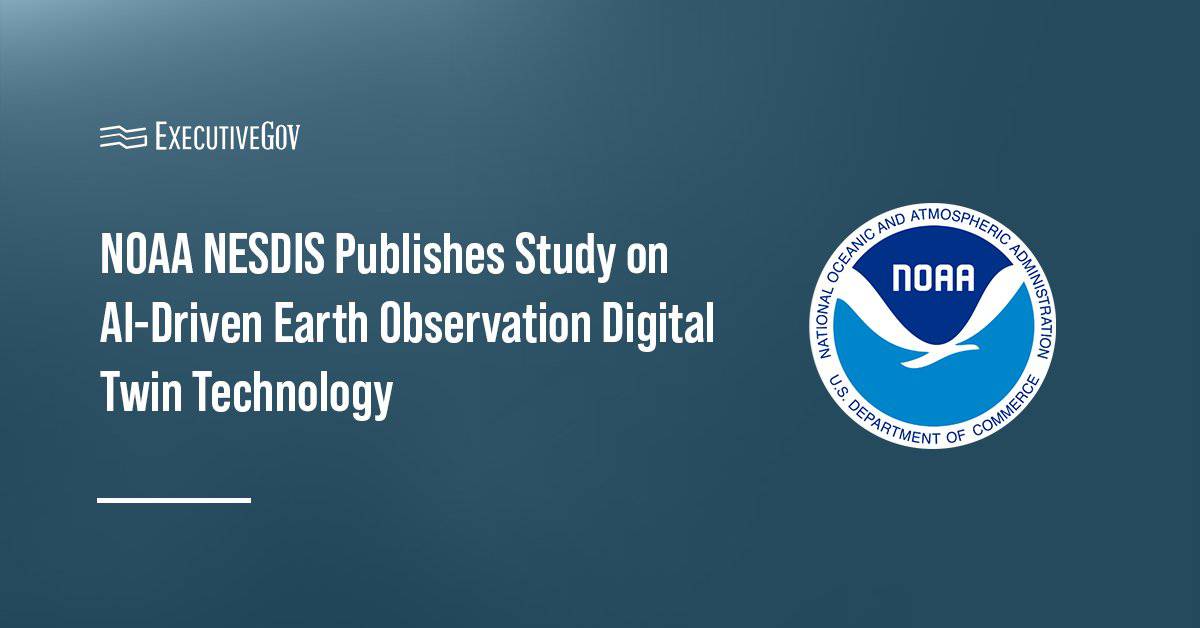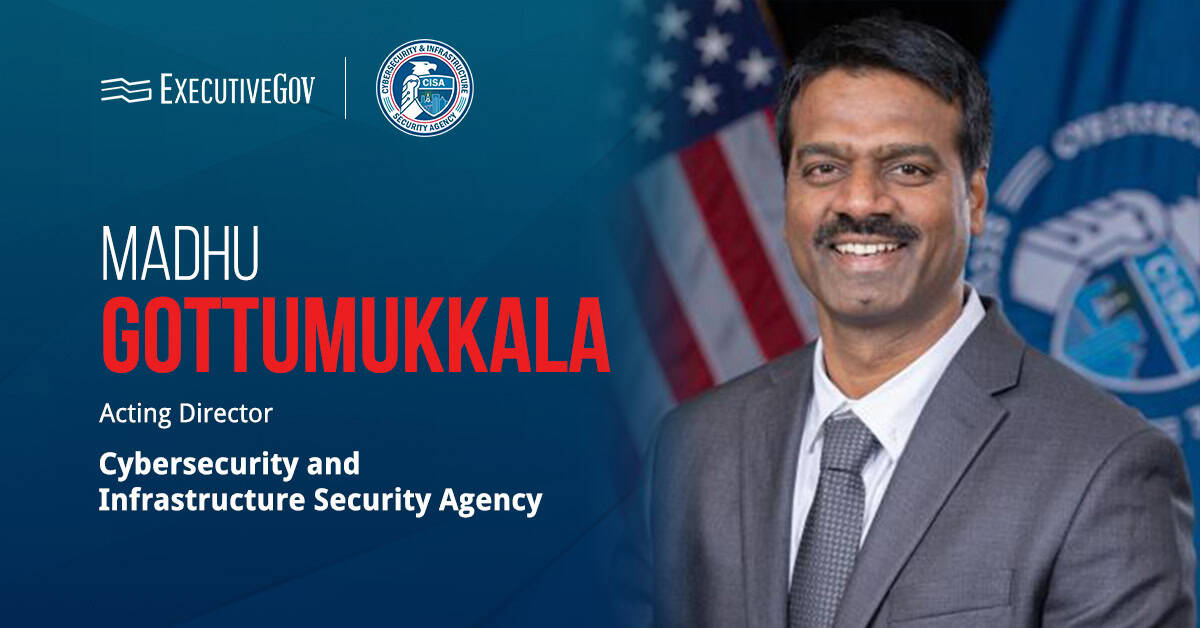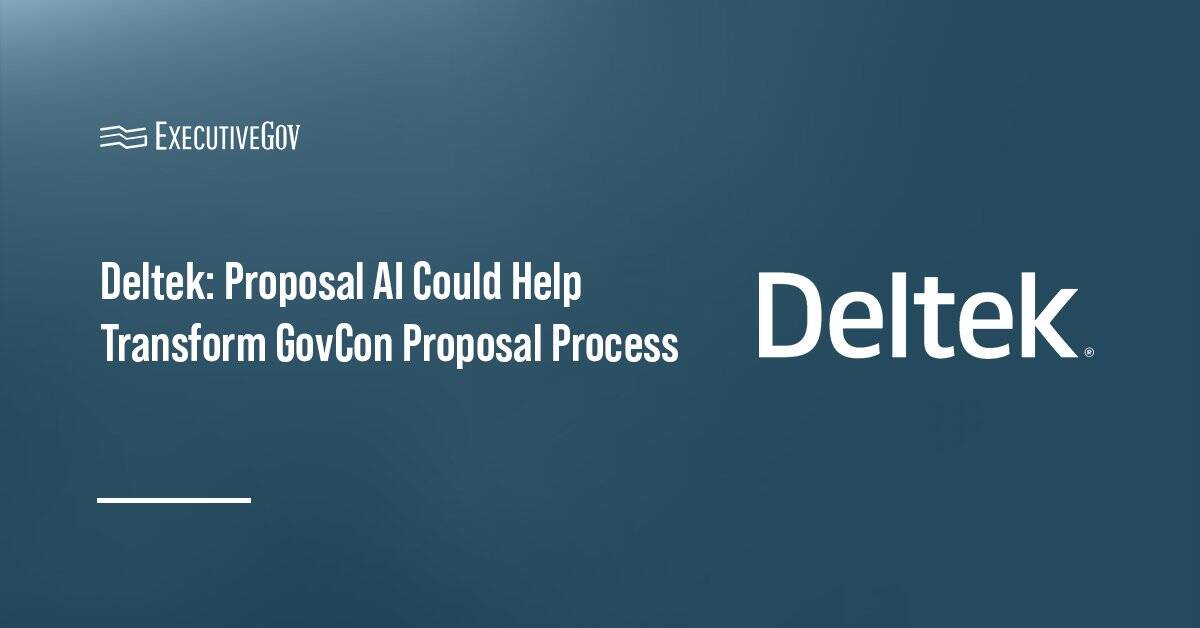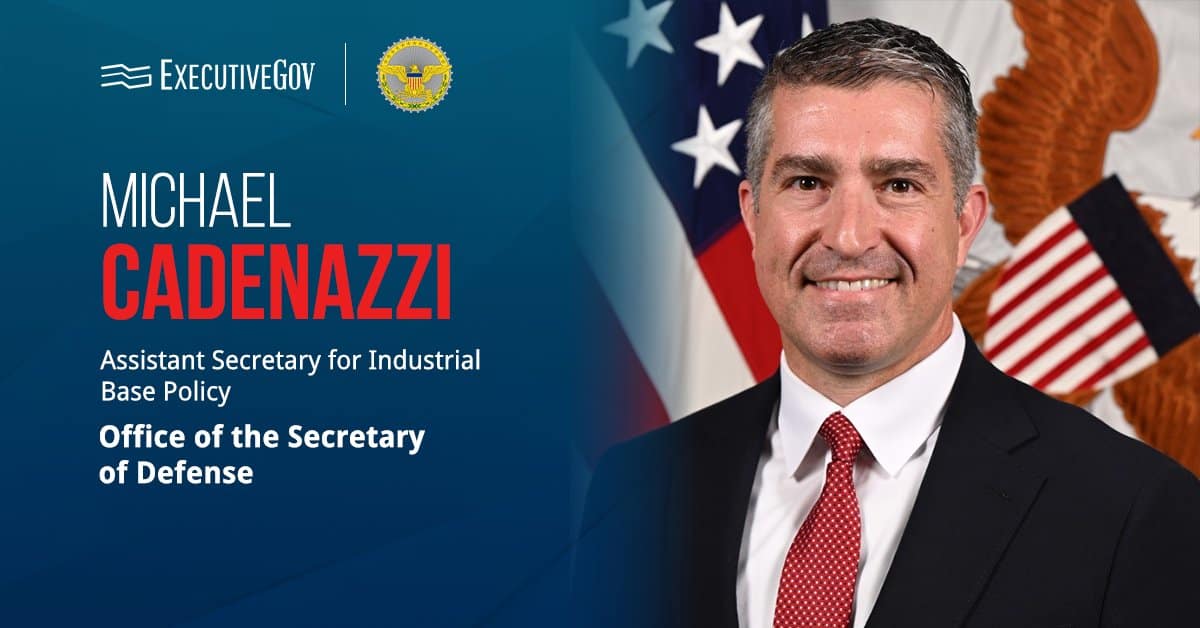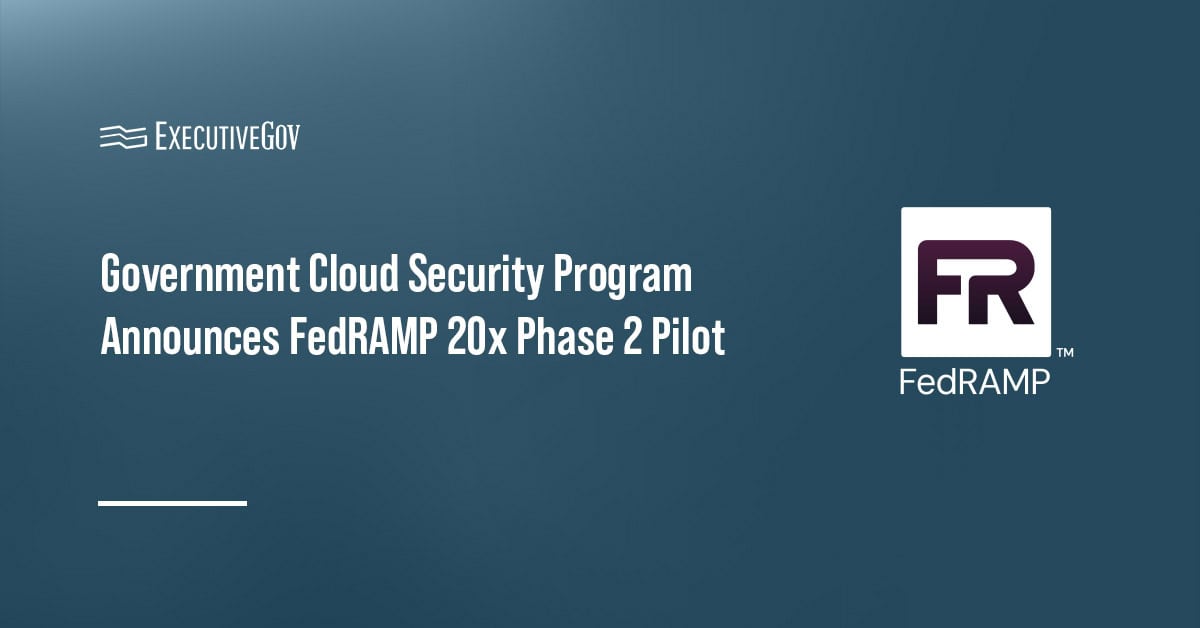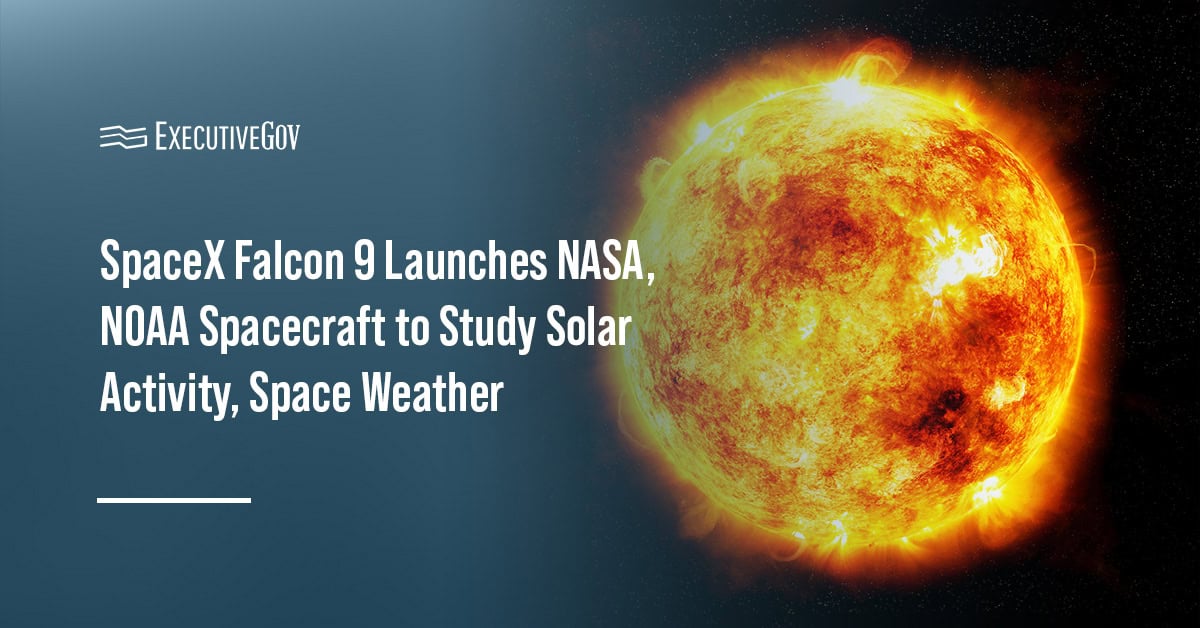Kristi Noem, secretary of the Department of Homeland Security, has publicly endorsed a letter delivered by Secretary of War Pete Hegseth proposing the establishment of a civilian service secretary for the U.S. Coast Guard.
Join the Potomac Officers Club’s 2025 Homeland Security Summit on Nov. 12 to hear a keynote from Sec. Noem addressing the GovCon community.
Leadership Role Meant to Boost Maritime Security Operations
The DHS said Thursday that the Coast Guard operates as both a military branch and a federal law enforcement agency, yet lacks a dedicated civilian official to guide policy and strategic direction. Appointing a service secretary could enhance the Coast Guard’s capacity to execute its collaborative missions with other armed forces branches.
“The Coast Guard is the tip of the spear in the fight to protect our Homeland. Every day, they are taking down drug smugglers, going toe-to-toe with our adversaries in the Arctic and the Pacific, and saving lives,” said Noem, a 2025 Wash100 Award winner.
“Having a Secretary of the Coast Guard will be essential for President Trump’s mandate to rebuild the service into the finest maritime fighting force in the world,” Noem continued.
Hegseth, also a recipient of the 2025 Wash100 Award, emphasized in the letter that the proposed position will enhance the DHS’s “stewardship of the Coast Guard’s multi-mission character and its unique homeland security capabilities.”
“The Department of War believes that the establishment of a Secretary of the Coast Guard can complement and reinforce these strengths while ensuring that, in times of peace or war, the service is postured to support the full spectrum of national security operations,” said Hegseth.


